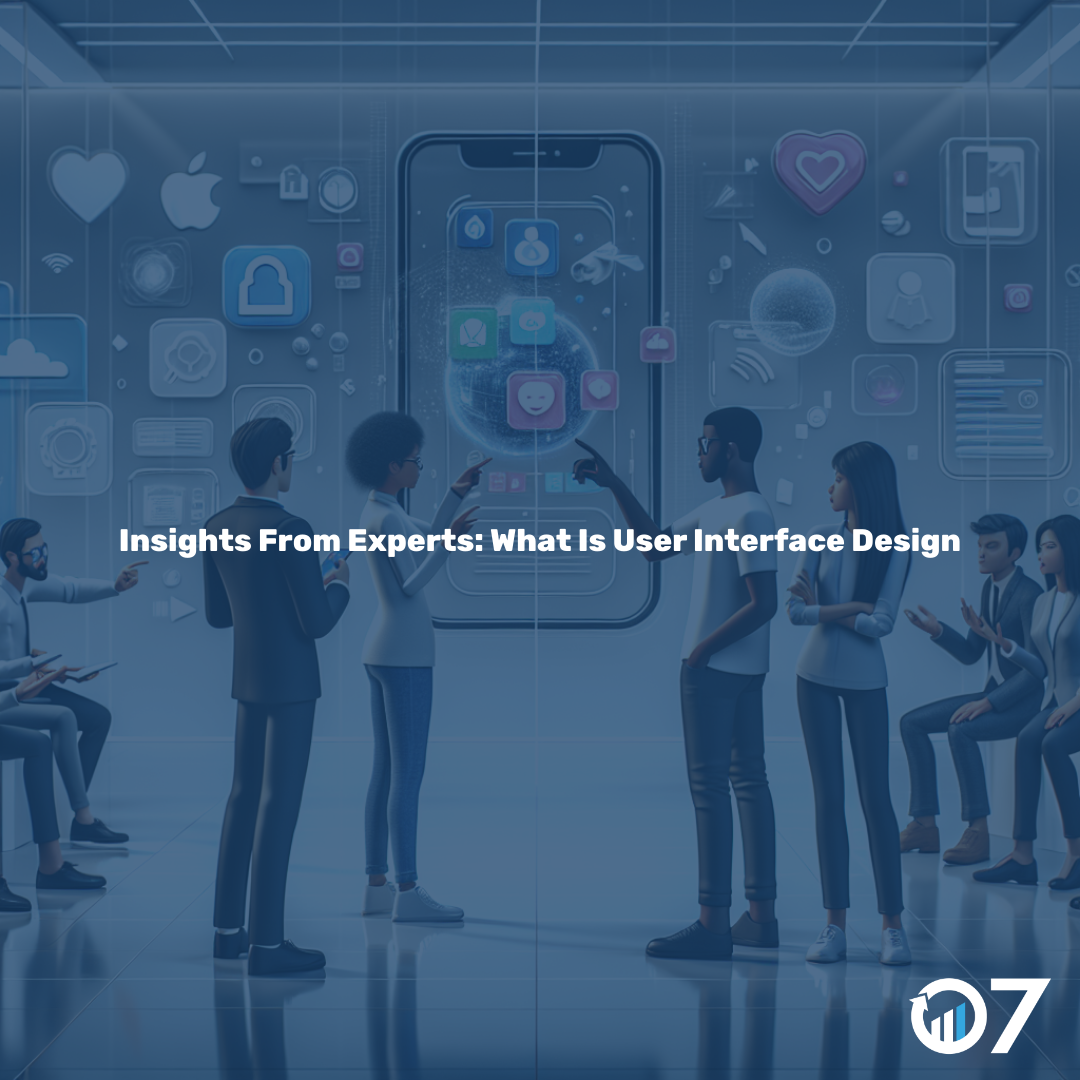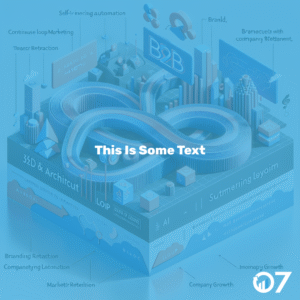User interface design experts offer invaluable insights into creating user-friendly interfaces. Understanding UI design can significantly enhance your business’s digital presence.
“How do I use this?” Those are the last words a UI designer wants to hear. A well-designed user interface (UI) should be intuitive and seamless. But what exactly is UI design? Let’s dive into the world of user interface design with insights from the experts.
What is User Interface Design?
User interface design is the process of making interfaces in software or devices with a focus on looks or style. Designers aim to create interfaces that users find easy to use and pleasurable. UI design typically refers to graphical user interfaces but also includes others, such as voice-controlled ones.
The Importance of UI Design
A well-crafted UI can make or break the user experience. Good UI design leads to satisfied users, while poor UI design can result in frustration and abandonment. Businesses that invest in UI design often see higher engagement, better conversion rates, and increased customer loyalty.
Principles of Effective UI Design
Effective UI design is grounded in several key principles. These include consistency, simplicity, and feedback.
Consistency
Consistency in UI design means that similar elements are treated the same way. This helps users understand and predict how things work.
Simplicity
Simplicity ensures that the interface is not cluttered. It focuses on the essential elements, making it easier for users to navigate.
Feedback
Feedback provides users with information about what action has been taken and what has been accomplished. This can include visual, auditory, or haptic feedback.
UI Design Process
The UI design process involves several stages, from research to testing. Let’s break down these stages.
Research
Research is the first step in the UI design process. It involves understanding the users, their needs, and the context in which they will use the interface. This stage often includes user interviews, surveys, and competitive analysis.
Wireframing
Wireframing is the next step, where designers create low-fidelity representations of the interface. This helps in visualising the layout and structure without focusing on details like colour and typography.
Prototyping
Prototyping involves creating interactive models of the interface. These prototypes are used to test the design with users and gather feedback.
Testing
Testing is a crucial stage where the prototype is tested with real users. This helps identify any usability issues and areas for improvement.
Tools for UI Design
Several tools can assist in the UI design process. These tools help designers create, prototype, and test their designs effectively.
Sketch
Sketch is a popular tool for creating user interfaces. It offers a range of features that make designing and prototyping easy.
Figma
Figma is another powerful tool that allows for real-time collaboration. It’s great for teams working on UI design projects.
Adobe XD
Adobe XD offers a comprehensive set of features for designing and prototyping. It’s part of the Adobe Creative Cloud suite, making it ideal for those already using Adobe products.
UI Design Trends
Staying updated with the latest UI design trends is essential. Here are some trends that are currently shaping the industry.
Dark Mode
Dark mode has become increasingly popular. It offers a sleek look and can reduce eye strain in low-light conditions.
Neumorphism
Neumorphism combines skeuomorphism and flat design. It creates a soft, extruded plastic look that adds depth to UI elements.
Microinteractions
Microinteractions are small, subtle animations that enhance the user experience. They provide feedback and make the interface feel more responsive.
Challenges in UI Design
UI design is not without its challenges. Here are some common issues that designers face.
Balancing Aesthetics and Functionality
Designers often struggle to balance aesthetics and functionality. While a visually appealing design is important, it should not compromise usability.
Ensuring Accessibility
Accessibility is a critical aspect of UI design. Designers must ensure that the interface is usable by people with disabilities.
Keeping Up with Trends
The UI design landscape is constantly evolving. Designers need to stay updated with the latest trends and technologies to remain competitive.
Expert Tips for Better UI Design
We reached out to user interface design experts for their top tips. Here’s what they had to say.
Understand Your Users
Understanding your users is crucial. Conduct thorough research to understand their needs, preferences, and pain points.
Keep It Simple
Simplicity is key in UI design. Avoid clutter and focus on the essential elements that provide value to the user.
Test Early and Often
Testing is an integral part of the design process. Test your designs early and often to identify and fix issues before they become major problems.
Conclusion Insights from User Interface Design Experts
Understanding user interface design is essential for creating user-friendly digital products. By following the principles and tips from user interface design experts, businesses can enhance their digital presence and improve user satisfaction. For more insights, visit our blog or contact us via email at info@07hm.co.uk or telephone 01702 410663.





